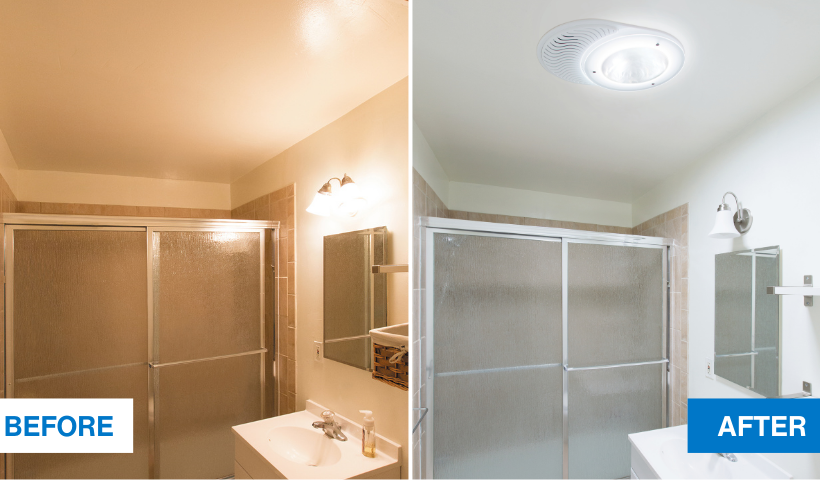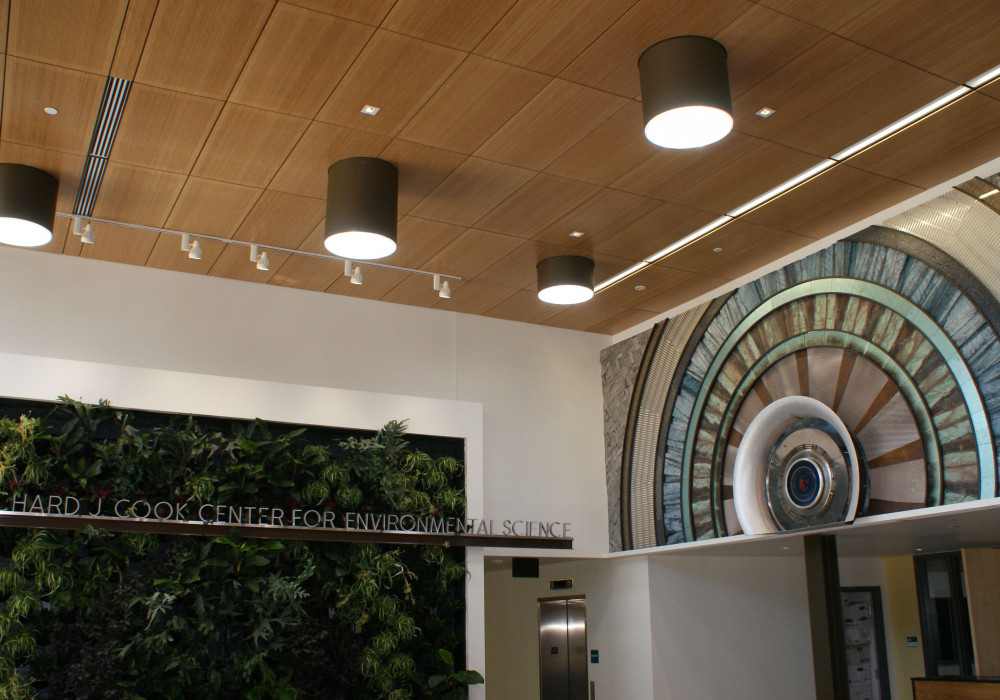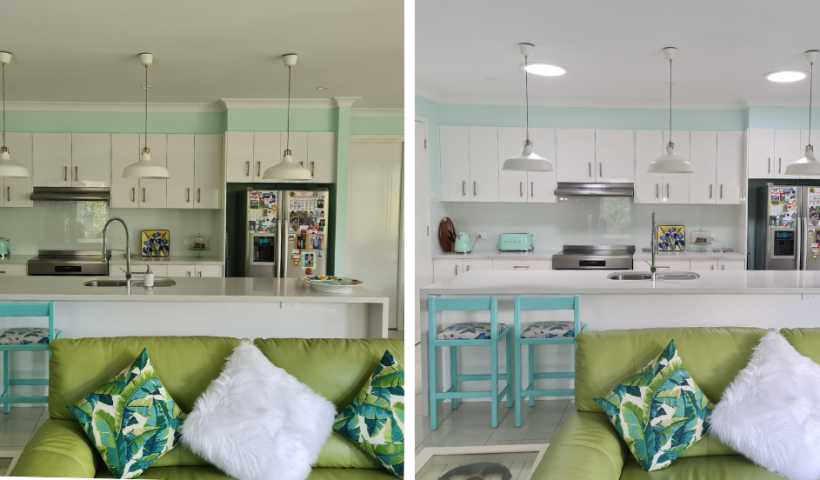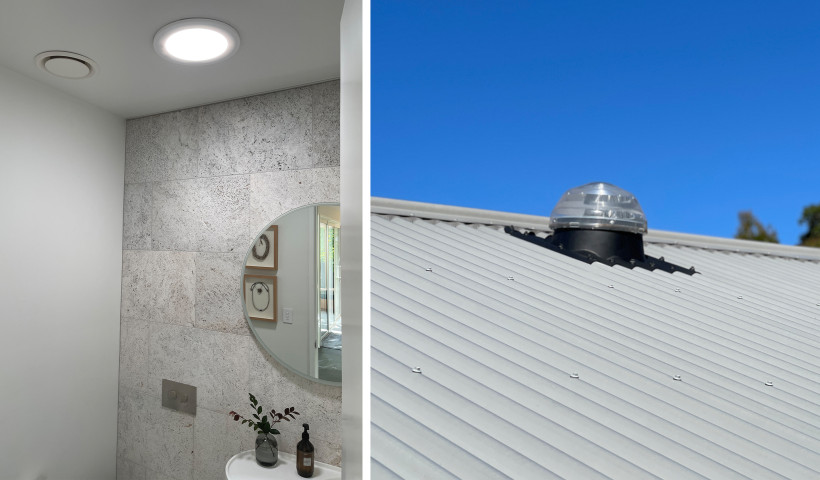
Workers spend on average five hours and 42 minutes at their desk each day. Today the design of an office can be almost as big a drawcard as the business itself — especially as more employees seek workspaces that are conducive to good health.
Having access to natural light can have a bottom-line impact on employees’ work performance, wellbeing and engagement. Research is showing that natural light can result in happier workers, less absenteeism, reduced stress, and fewer illnesses. There’s also a compelling economic reason to bring more light into the workplace — a greater dose of daylight can also increase employee productivity and alertness and reduce energy costs.
A recent Harvard Business Review story covers new research by its own HR advisory firm, Future Workplace, called “The Employee Experience”, which reveals that employees want natural light. The research poll of 1,614 North American employees found that access to natural light and views of the outdoors are the number one attribute of the workplace environment, even outranking workplace perks such as onsite cafes, fitness centres and onsite childcare.
The study also found that the absence of natural light and outdoor views hurts the employee experience. Over a third of employees felt they don’t get enough natural light in their workspace. 47% of employees admitted they felt tired or very tired from the absence of natural light or a window at their office, and 43% reported feeling gloomy because of the lack of light.
These findings support a larger trend of the growing importance of employee wellbeing revealing the benefits of natural light in the workplace for outweighing any benefits of artificial light. Australia’s Dr Libby Sander, Assistant Professor of Organisational Behaviour at Bond University’s Bond Business School, says there is a range of ways staff can be affected by poor workplace design, such as low lighting levels and noisy environments.
Solatube, the Australian company that pioneered tubular daylighting technology, provides high-performance systems that use advanced optical technologies to significantly improve the way daylight is harnessed. Not only are commercial operators, government bodies and householders looking to offset artificial lighting costs, they’re also opting for natural light because of the myriad ‘human’ benefits — from helping with better sleep, boosting Vitamin D storage, enhancing productivity, to improving moods.
“By effectively capturing and bringing daylight into the workplace from the early morning until late afternoon, Solatube’s solutions can contribute to improving employee health while reducing the need to rely on other traditional sources of lighting,” says Solatube’s General Manager Brett Dickson. “It’s easy to create a happy, productive work environment through daylight.”
Benefits of daylight in the workplace:
- Reduces stress and tiredness and increases productivity and alertness
- Natural light provides variety and stimulation during the day
- Higher satisfaction with a daylit environment equals better work attitude and output
- Staff can see better for computer work, component assembly etc.
- Lower absenteeism
- Saves on energy bills
Studies shine the light on workplace benefits
A study by Cornell University Professor Dr Alan Hedge reinforces the employee / natural light connection, with research finding that optimisation of natural light in an office significantly improves health and wellness among workers. The research showed that workers in daylight office environments reported a 51% drop in the incidence of eyestrain, a 63% drop in the incidence of headaches and a 56% reduction in drowsiness.
Lockheed Martin reported that after daylighting its facility in Sunnyvale, California, the company achieved 15% higher worker productivity. Additionally, the company won a $1.5 billion defence contract based on increased productivity, profits which paid for the entire building. As an added bonus, the company saved $300,000 to $400,000 a year on energy bills¹.
¹ Romm J. and Browning W. (1994, 2002). Greening and the Bottom Line: Increasing Productivity Through Energy- Efficient Design. Rocky Mountain Institute. Retrieved from the Columbia Alliance website.













 New Products
New Products

















 Popular Products from Solatube
Popular Products from Solatube


 Most Popular
Most Popular


 Popular Blog Posts
Popular Blog Posts
